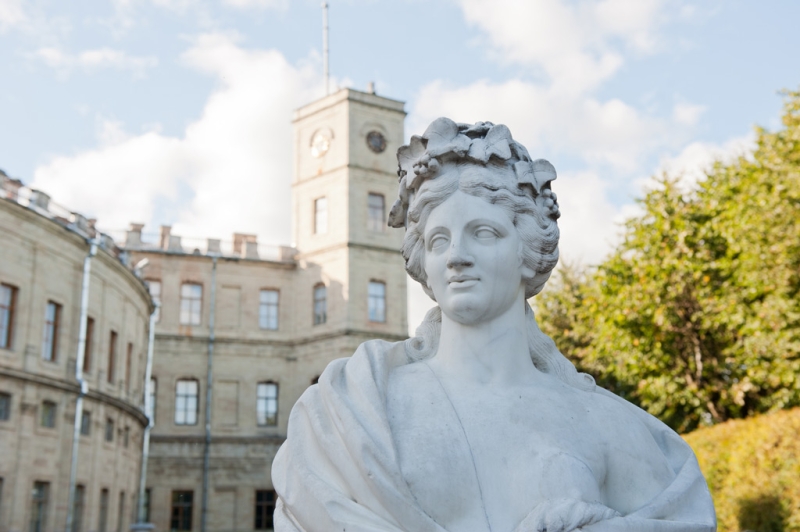
Gatchina Palace – the only palace-castle in the suburbs of St. Petersburg – is 251 years old. It has survived a lot: a change of owners and reconstruction of the building, revolution, war and the devastation of the Soviet era. But today he is in good shape again and invites you to the anniversary celebrations.
Initially, the palace, included in the UNESCO World Heritage List, was conceived by Catherine II as a gift to her favorite Count Grigory Orlov. But he didn’t have it for long. Already in 1783, after the death of the count, Gatchina was given to Grand Duke Pavel Petrovich, the future Emperor Paul I. He transformed the palace in accordance with his ideas and inclinations.

The monumental palace building, lined with Pudost limestone, is located on the highest point of the hill on the shores of Silver Lake, framed by a magnificent park. The appearance of the palace is reminiscent of medieval castles – fans of the series “Downtown Abbey” will certainly like it. However, the Gatchina Palace is an original work of Russian architecture, which was created by several generations of masters. Outstanding architects and decorators worked here: Antonio Rinaldi, Vincenzo Brenna, Andreyan Zakharov, Nikolai Lvov, Andrei Voronikhin, Andrei Stackenschneider, Roman Kuzmin. The court painter Yakov Mettenleiter lived in Gatchina, who painted lampshades, portraits, and landscapes. The palace remembers all the emperors of Russia, starting with Paul I and ending with Nicholas II. But Alexander III especially loved Gatchina. Here, in “dear Gatchina,” he lived almost continuously for 13 years. Sometimes he was even called the “Gatchina recluse.”

During the Great Patriotic War, the palace was badly damaged. Therefore, the main gifts for this anniversary are restoration ones. Thus, for the first time in the post-war decades, a suite of halls in the Eastern Semicircle were opened to visitors. Just listen to these names: Greek Gallery (one of the most beautiful in the palace),
Rotary room, Light passage, Rotunda under the coat of arms, as well as the historical living quarters “Rooms behind the Greek gallery”. These interiors now feature marble busts and medallions from the palace’s historical collection, sculpture, paintings and antique furniture. In the fall, for the birthday of Emperor Paul I, visitors will be able to see the personal rooms of the “Russian Hamlet” on the first floor of the building after restoration. Finally, the Arsenal square of the palace should be fully opened in December. By this time, as they promise, the courtyard facades, the main marble staircase and all the adjacent rooms will be restored, and most importantly, the second floor, where the chambers of Alexander III were located, will open to the public in an updated form. Thus, the area available to visitors will almost double.


